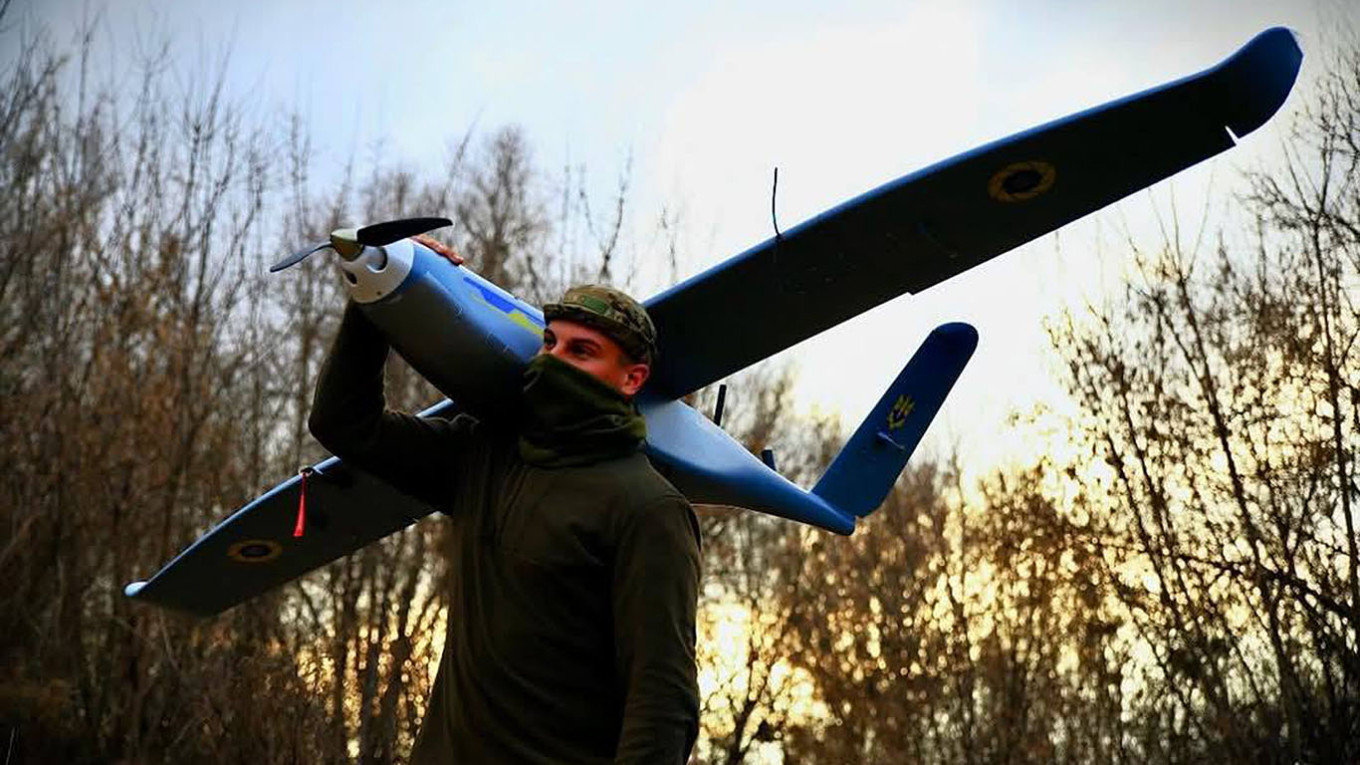Russian healthcare facilities are set to receive new anti-drone security measures as part of a government decree aimed at updating counterterrorism protocols for hospitals and clinics.
The new regulations categorize medical institutions according to the potential scale of harm in the event of an attack.
Facilities classified as highly vulnerable, where an incident could result in over 1,000 injuries and financial damages exceeding 100 million rubles (approximately $1.2 million), will be mandated to implement “specialized technical systems” designed to detect aerial, underwater, and surface drones.
Other hospitals and clinics will be equipped with technical and engineering solutions to combat unmanned aerial vehicles, while the personnel will participate in regular training sessions in accordance with the updated security protocols.
Institutions falling under the third category, where potential losses range between 30 million to 50 million rubles ($373,000 to $623,000) and possible casualties could be between 50 and 500 people, will be required to maintain constant video surveillance in sensitive areas, with recordings kept for a minimum of one month.
This decree comes amid a rise in Ukraine’s drone operations targeting areas within Russia, including military installations and oil refineries located far from the front lines.
In August alone, Ukrainian drones reportedly struck refineries in the Samara, Ryazan, Saratov, and Volgograd regions about ten times, disrupting approximately 13% of Russia’s refining capabilities, according to estimates by The Moscow Times.
Energy firms had initiated investments in anti-drone technologies as early as last year, employing portable jammers, anti-drone rifles, and fixed electronic warfare systems. An independent investigation by the outlet Important Stories revealed in March that over 1 billion rubles ($11 million) had been allocated for such defensive measures in 2023.
Russian officials are now frequently declaring a state of “drone danger” even in regions that are distant from the conflict in Ukraine.
While the majority of Ukrainian assaults have targeted military and energy installations, civilian structures, including residential buildings and sports facilities, have also suffered damage, particularly in border regions of Russia.
In late June, Ukraine’s then-Defense Minister Rustem Umerov announced Kyiv’s intention to significantly ramp up its long-range drone attacks against Russia by 2025.

